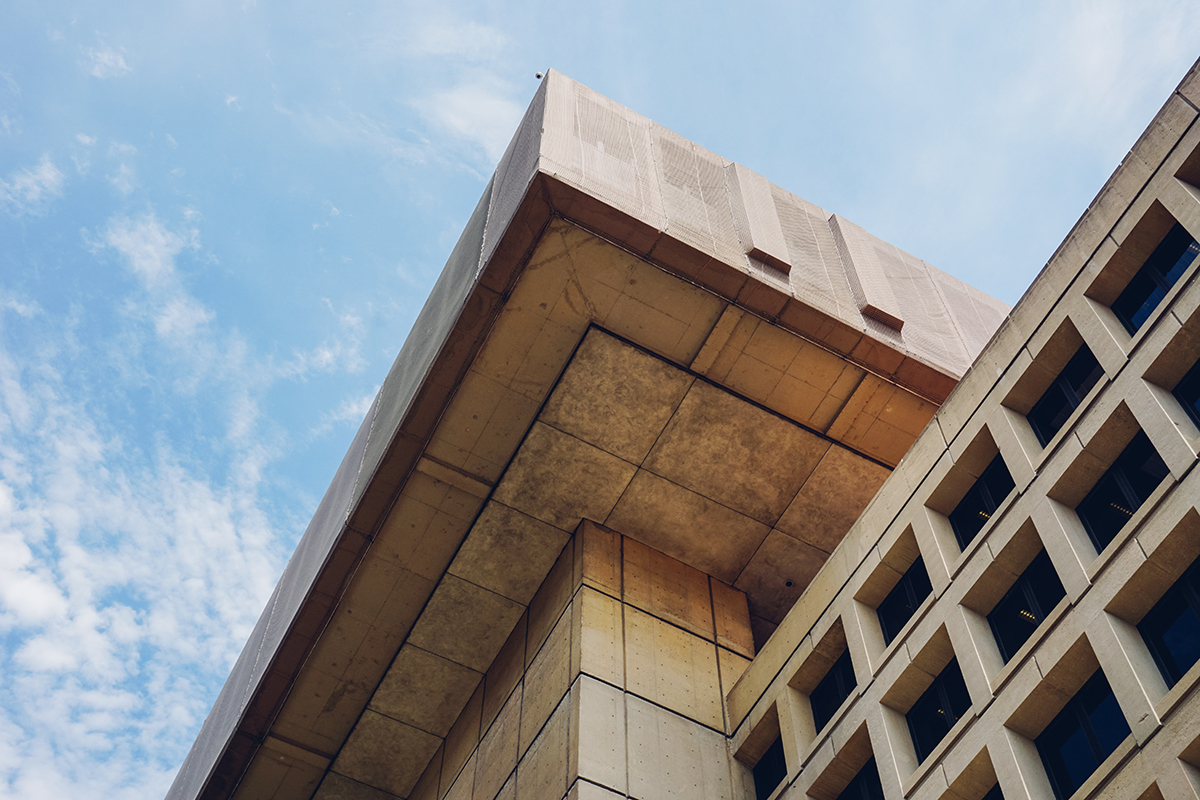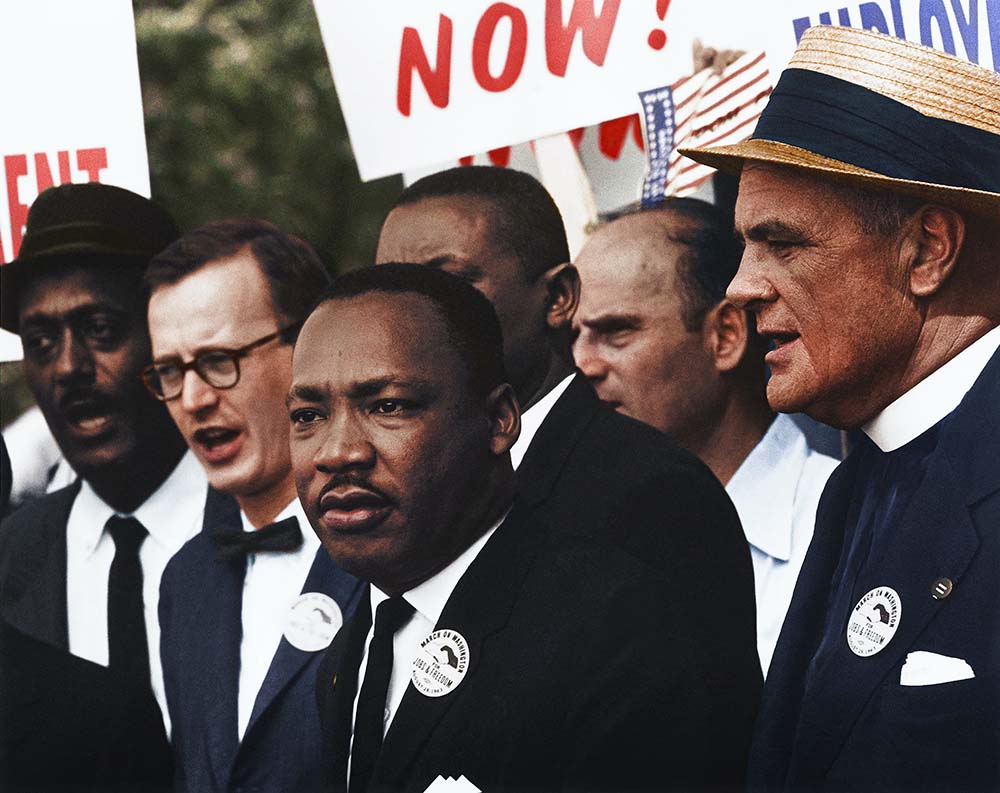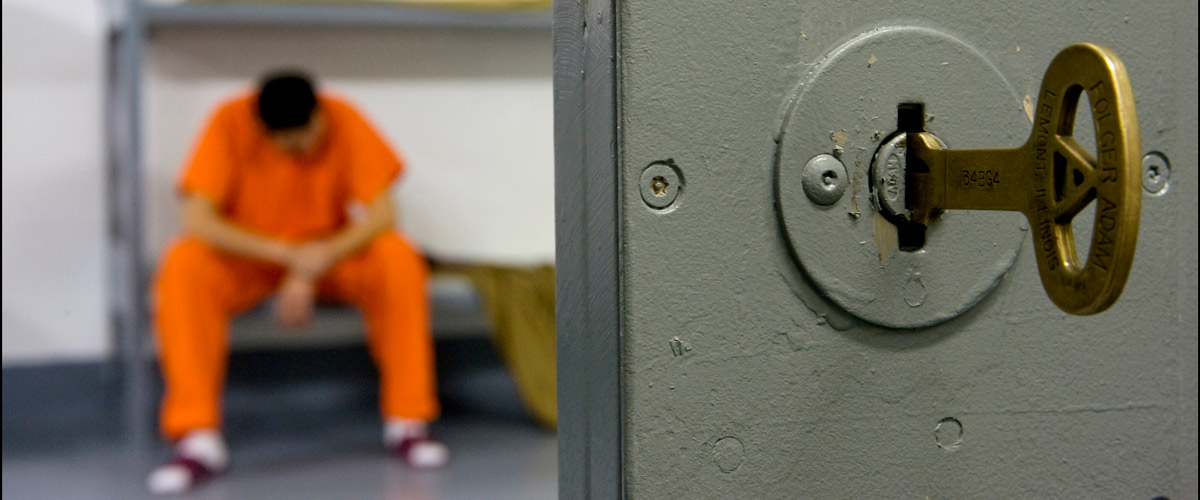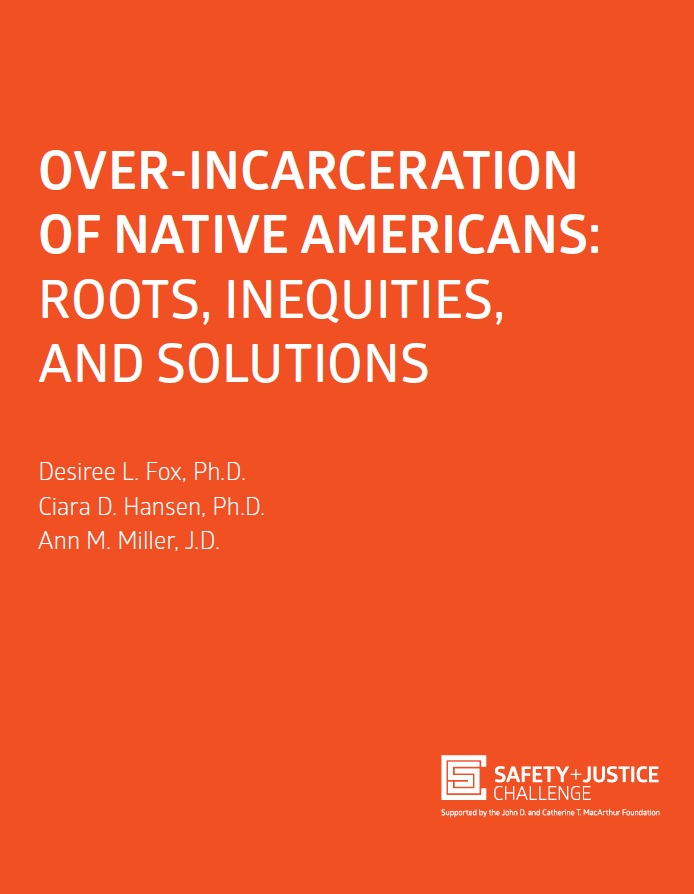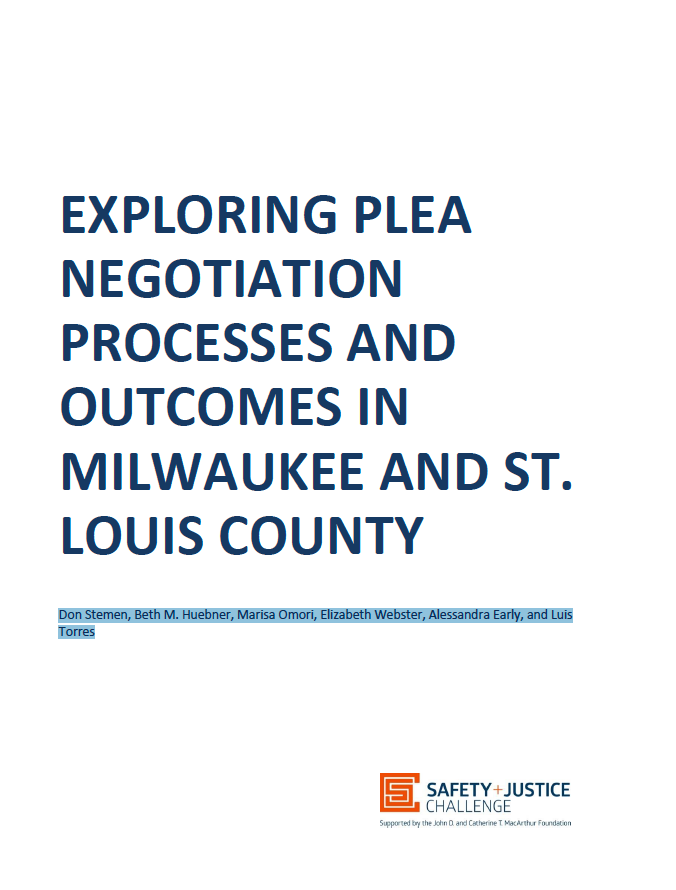Interagency Collaboration Prosecutors Racial Disparities February 14, 2023
To meaningfully advance racial equity in the criminal legal system, representatives from all components of the justice system, people directly impacted, and partners at the local, state, and federal level have built a National Initiative to Advance Race Equity in the Criminal Legal System.
These stakeholders recognize that administering justice and making communities safer requires authentic community engagement and elevating the voices of people directly impacted by the criminal legal system, especially including justice-involved individuals and their families, victims, and survivors of crime.
A convening of the group was facilitated by persons with lived experience, and the development of this framework represents this authentic engagement and collaboration by representatives of the criminal legal system.
A consensus statement of principles with supporting rationale and background literature has been created to equip federal, state, and local legal system stakeholders to explore and pursue new approaches to building stronger relationships with communities and the broader legal system to advance racial equity and promote community safety and well-being. This document contains a unified statement of principles, policies, and practical guidance to advance racial equity in the criminal legal system, as well as recent real-world examples of policies and practices implemented by a variety of system stakeholders and community organizations throughout the country.
The following principles are the basis for the policy recommendations developed through this collaborative and to inform future resources. They can be adopted at the tribal, local, state, and federal levels in communities throughout the country to meaningfully address the root causes of inequity and strengthen public safety.
Statement of Principles
- The criminal legal system is comprised of justice system stakeholders, including law enforcement, prosecutors, defenders, pretrial services, courts, correctional centers, and community-based corrections (e.g., probation, parole, reentry services), as well as community organizations, public participants (e.g., jurors), and the tribal, local, state, and federal partners that jointly determine individual- and community-level outcomes.
- The purpose of the criminal legal system is to serve the community, including victims, young people with legal system involvement, persons with lived experience in the justice system, and their families through promoting public safety, holding individuals accountable for their actions, administering justice, facilitating the rehabilitation of and reentry to communities of system-involved individuals, and ensuring support services and assistance for victims of crime to seek justice and healing.
- Racial equity is essential for the criminal legal system to achieve these purposes. When the system creates a disparate impact or fails to ensure full access to the benefits of the legal system to any person or community because of race or ethnicity, that system is inequitable. Racial equity in the criminal legal system is realized when all community members are fairly treated by the system in a manner that meets their needs and ensures everyone’s human dignity is acknowledged.
- A broad and comprehensive approach is necessary for the criminal legal system to adequately address the many causes and consequences of racial and ethnic disparities. Coordination across all system and community stakeholders which elevates the perspective of people with lived experiences in the justice system will best recognize the full scope of how the system impacts community outcomes and how best to implement effective and sustainable policies and practices to advance racial equity within systems.
- Authentic community engagement is an essential and often underappreciated component of comprehensive efforts to address racial equity. Authentic engagement that involves community members and persons with lived experience and their families, and victims and survivors in the shaping of system policies and practices, will best achieve desired community outcomes by leveraging the specific expertise and competencies of the community and fostering trust between system stakeholders and community members.
The criminal legal system exists to serve communities, which ultimately bear the outcomes of decisions made by system stakeholders. Thus, community members and persons directly impacted by the criminal legal system must be at the forefront of efforts to advance racial equity in the administration of justice and promotion of community safety. Authentic community engagement requires forging trust between system stakeholders and communities, centering community members in system decision making, and empowering them to act as equal partners in the shaping of policies and practices so that the system can fully meet the needs of communities, treat all persons equitably and with dignity, and realize greater justice, fairness, and safety for all.
This initiative and the convening were made possible through the support of the John D. and Catherine T. MacArthur Foundation’s Safety and Justice Challenge and the efforts of those who volunteered their time and insights to produce the document.
